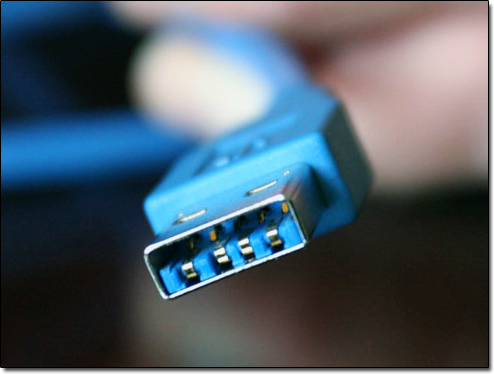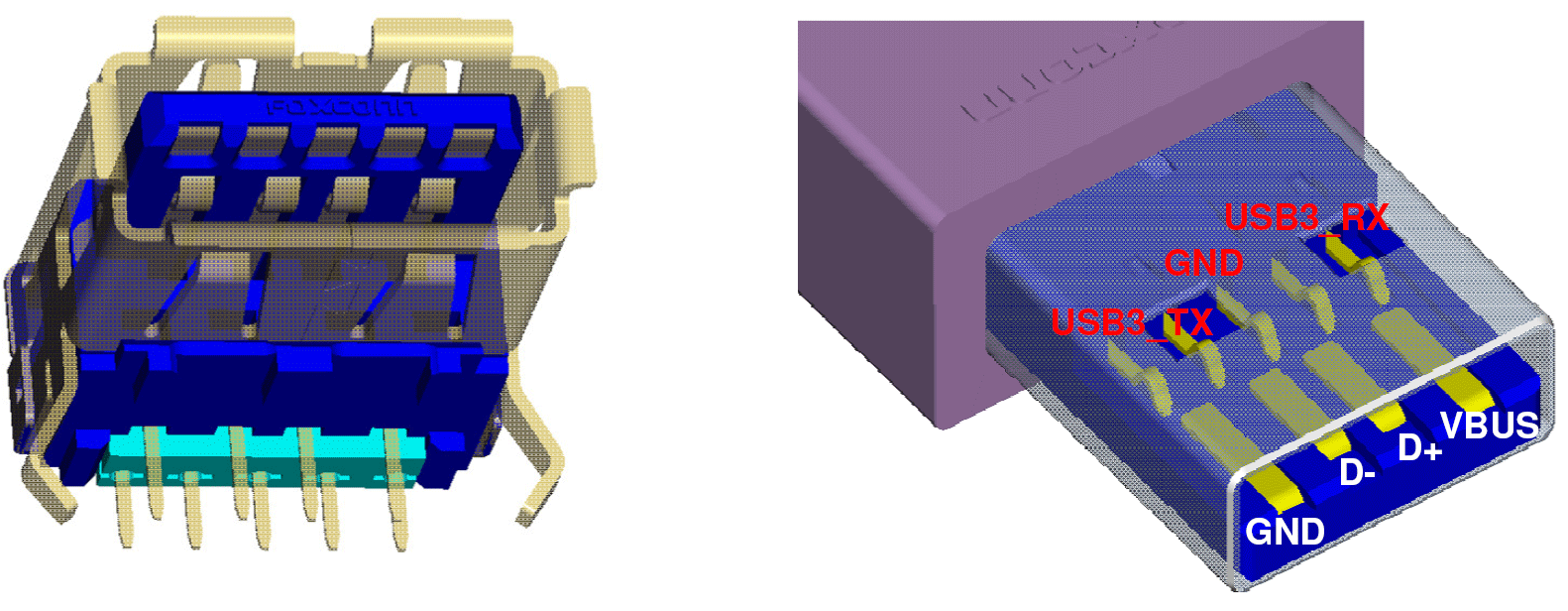USB 3.0 Ups Peripheral Bandwidth
USB 3.0 Hubs And Interface Availability
USB 3.0 will, of course, also require new USB hubs to allow connecting several devices through one physical connection. USB 3.0 hubs will be more sophisticated than USB 2.0 devices, as they will include two separate hubs in one single device: one SuperSpeed hub for USB 3.0 operation, and a second one for USB 2.0. This will be entirely transparent to the user, as all ports will be connected to both hubs. However, this approach does not increase the maximum amount of devices per USB host port, which remains 127.
Will USB 3.0 Hubs Be More Expensive?
The implementation of such a double-feature hub will most likely have a negative impact on first-generation USB 3.0 hubs, although we expect future product generations to be based on unified silicon, meaning that one controller supports both hub functions. We also want to point at compatibility issues with USB 1.1, as USB 3.0 devices are not supposed to maintain compatibility with the old 12 Mbit/s standard. Hence, USB 3.0 hubs will not cooperate with old USB 1.1 controllers.
Market Penetration by 2010
The specification is set now, but it will take a few more months until devices are available in any significant quantities. The USB 3.0 Promoter Group expects USB 3.0 consumer products to be available by 2010, which is a year later than expected. Most companies will be busy implementing USB 3.0 for the rest of this year, but we expect controllers to be ready before 2009 closes out.
Windows 7 Without USB 3.0 Support?
Microsoft has already announced that it won't be supporting USB 3.0 natively when Windows 7 ships. The time between finalization of the USB 3.0 specification and the completion of Windows 7 appears to be too short to fit support into the Windows 7 production pipeline. However, Microsoft will definitely add USB 3.0 support via updates. It remains to be seen whether or not Windows XP or Windows Vista will be upgraded with USB 3.0 support, allowing current users to benefit from SuperSpeed technology.
Get Tom's Hardware's best news and in-depth reviews, straight to your inbox.
The delays also impacted the product development of other manufacturers, such as Intel. First, rumors said that the Ibex Peak chipset (P55) would be supporting USB 3.0, which is definitely not the case. Users will have to wait for Intel’s 2010 platform to get integrated USB 3.0 hardware support.
Current page: USB 3.0 Hubs And Interface Availability
Prev Page Power Saving Modes, New Connectors

